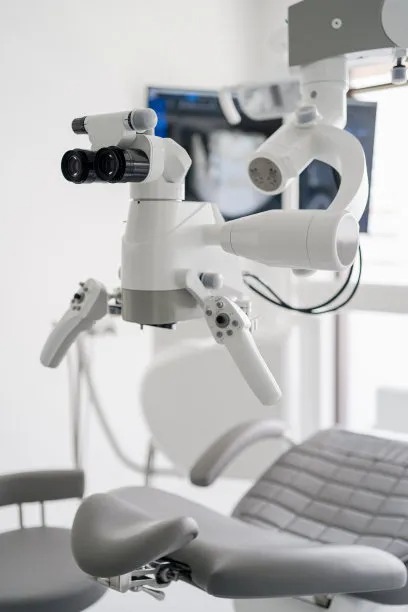Extracting a Tooth Understanding the Procedure Aftercare and Importance for Dental Health
Summary: Extracting a tooth is a common dental procedure often necessary for various reasons including severe decay, infection, or overcrowding. Understanding the procedure itself, the aftercare needed, and the importance of dental health plays a vital role in achieving a smooth recovery and maintaining overall oral hygiene. This article delves into the intricacies of tooth extraction, outlining what to expect during the process, crucial aftercare tips, and highlights its significance in preserving dental health. By gaining insight into these aspects, patients can better prepare themselves and promote effective healing post-extraction.
1. The Procedure of Tooth Extraction Explained

Tooth extraction is primarily categorized into two types: simple and surgical. A simple extraction is performed on a fully visible tooth, while surgical extractions are necessary for teeth that are broken beneath the gum line or impacted. The procedure typically begins with the dentist reviewing medical history and taking X-rays to identify the best approach for extraction.
Once the evaluation is complete, anesthesia is administered to ensure the patient experiences minimal discomfort throughout the procedure. For simple extractions, the dentist uses specific tools to loosen the tooth before removing it, while surgical extractions may require incisions in the gum tissue. The entire process usually lasts from 20 to 40 minutes depending on the complexity of the case.
Post-extraction, the dentist may place gauze on the site to control bleeding and promote clot formation. Patients are advised on proper oral hygiene to prevent infections and complications, underscoring the importance of adequately understanding the entire extraction process.
2. Essential Aftercare Steps Following Extraction
After the extraction procedure, proper aftercare is crucial to ensure smooth healing and to avoid complications such as dry socket, which can prolong recovery. Patients should follow specific guidelines, starting with biting down on gauze for the first few hours to halt bleeding and promote clot formation. Its advisable to replace the gauze as needed and avoid disturbing the area.
In the initial days post-extraction, it is vital to avoid activities that can dislodge the clot. This includes refraining from vigorous rinsing, using straws, or smoking, as these actions can interfere with healing. Patients are also encouraged to maintain a soft diet during the healing process, opting for foods like yogurt, pudding, or mashed potatoes while steering clear of anything crunchy or hard.
Pain management can be effectively achieved through prescribed medications or over-the-counter pain relievers. Swelling is also common and can be managed with ice packs applied intermittently. Following the dentists advice diligently can significantly expedite recovery and promote comfort.
3. Importance of Tooth Extraction for Dental Health
Tooth extraction, while often viewed as a last resort, plays a crucial role in maintaining dental health. In cases of severe decay or infection, an extraction can help prevent the spread of bacteria to adjacent teeth, minimizing potential complications. Delaying necessary extractions can lead to more significant health issues, including abscesses or even systemic infections.
Moreover, tooth extraction might be vital in orthodontic treatments. Overcrowding can hinder the alignment of teeth, and extracting certain teeth may provide the space required for adjustment, thereby promoting better oral function and aesthetics.
Additionally, proper maintenance post-extraction can pave the way for restorative procedures such as implants or bridges. Thus, addressing dental issues early through extraction can be a proactive approach to sustaining overall oral health.
4. Preparing for the Extraction Experience
Preparation is key to easing the anxiety often associated with tooth extractions. Patients should come fully informed about the procedure, addressing any concerns with their dentist beforehand. Discussing medical history, including allergies or pre-existing conditions, ensures tailored care that mitigates risks during the procedure.
Its also essential to arrange for post-procedure care. Having someone available to assist with transportation and care can ease the transition from the dental office back home. Patients should plan to rest following the extraction and stock up on soft foods and prescribed medications to facilitate recovery.
Lastly, maintaining communication with the dental health provider is vital. If any unusual symptoms occur or if there are questions during the recovery phase, reaching out can ensure appropriate actions are taken to safeguard oral health.
Summary:
In conclusion, understanding the tooth extraction process, adhering to essential aftercare instructions, and recognizing its importance all contribute to positive dental health outcomes. By taking the necessary steps before, during, and after the procedure, patients can ensure a more comfortable experience and better recovery. Knowledge is a patient’s best tool in navigating dental care.
This article is compiled by Vickong Dental and the content is for reference only


